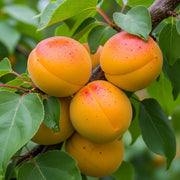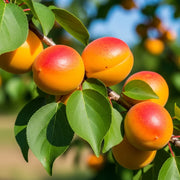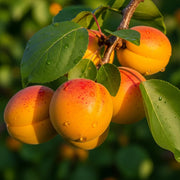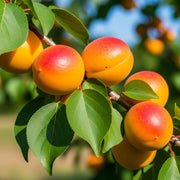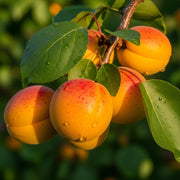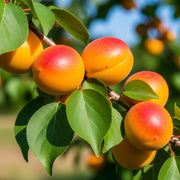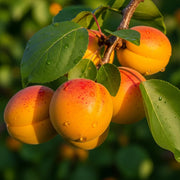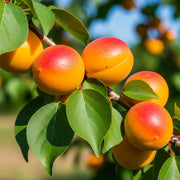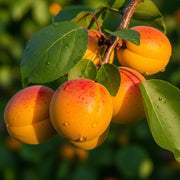Discover the joy of growing your own delicious apricots with our superb collection of apricot trees. Perfect for British gardens, these beautiful trees offer delightful spring blossoms followed by succulent, sun-ripened fruit. Find your ideal variety today.
Discover the joy of growing your own delicious apricots with our superb collection of apricot trees. Perfect for British gardens, these beautiful trees offer delightful spring blossoms followed by succulent, sun-ripened fruit. Find your ideal variety today.


















